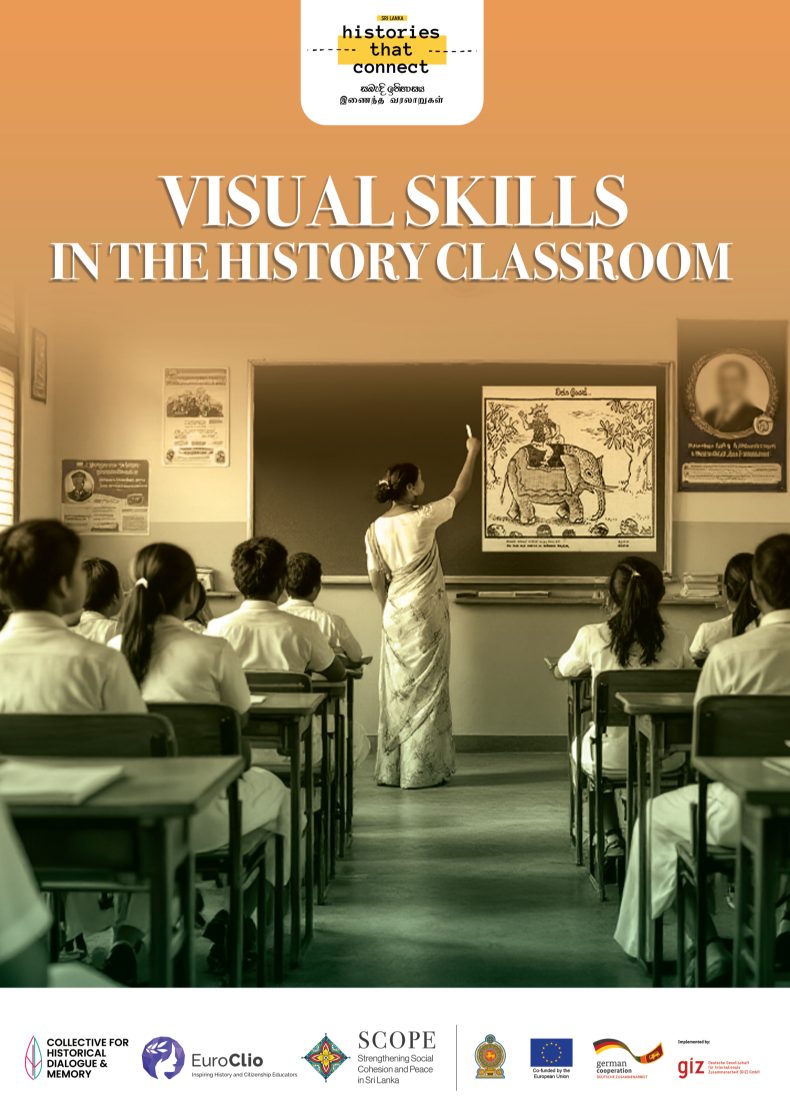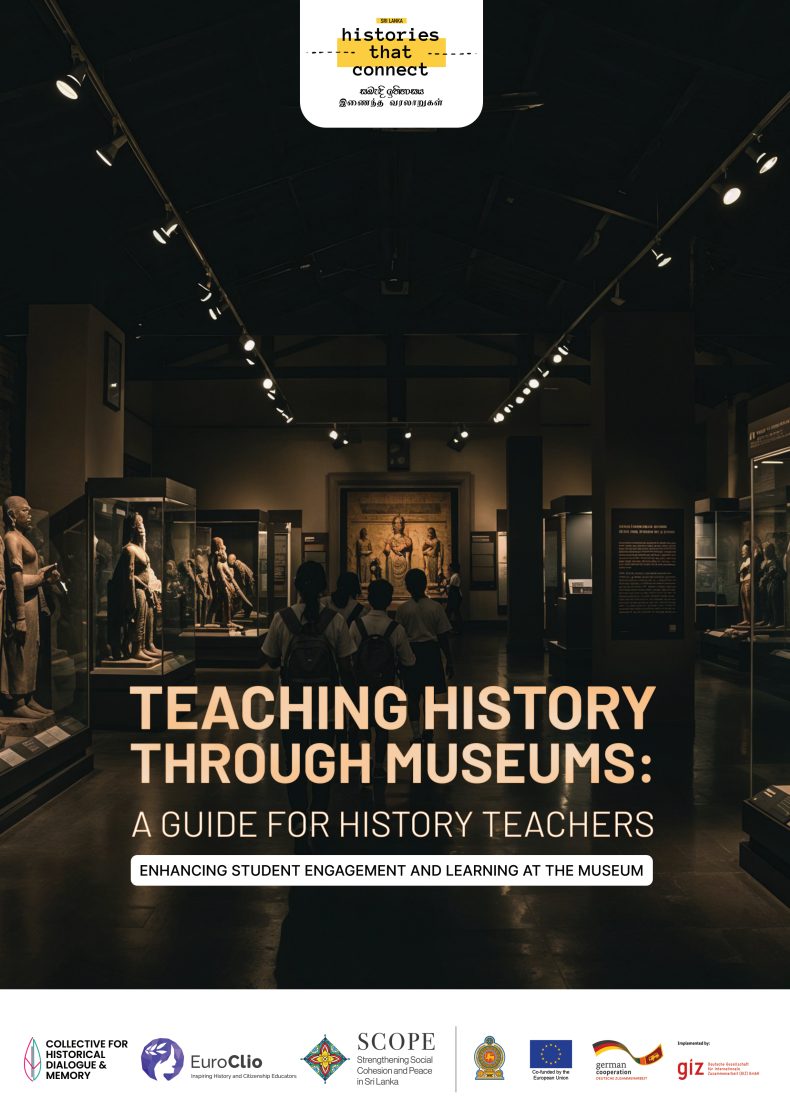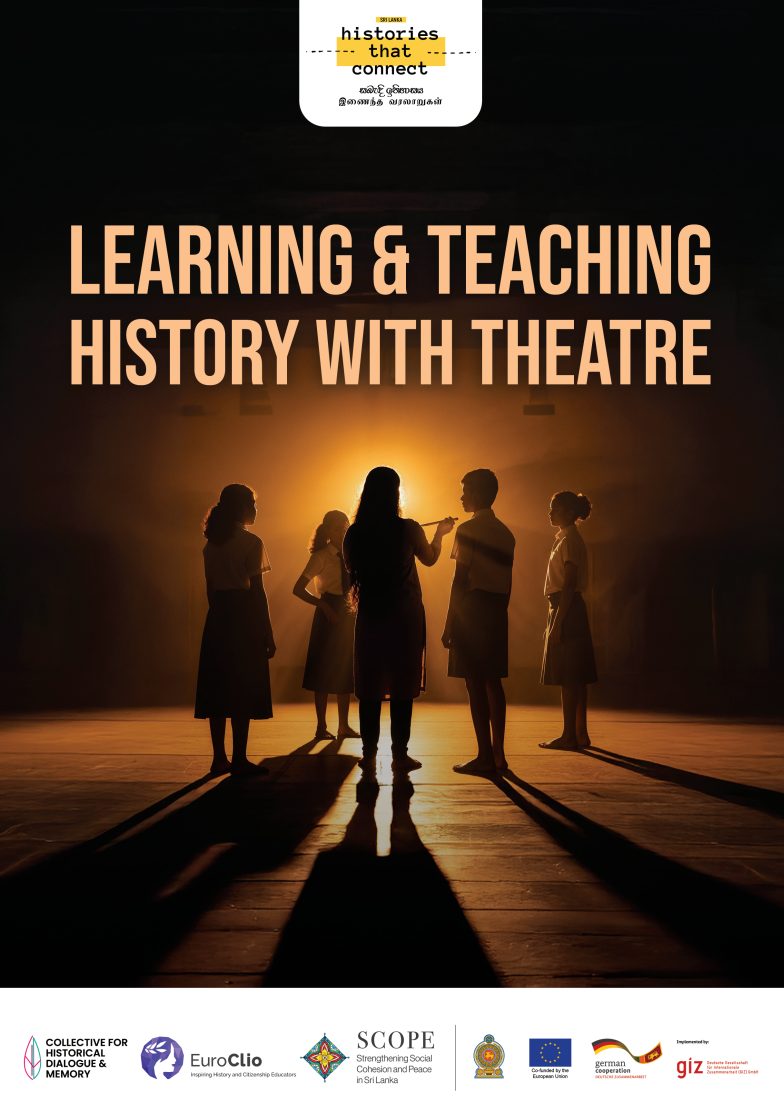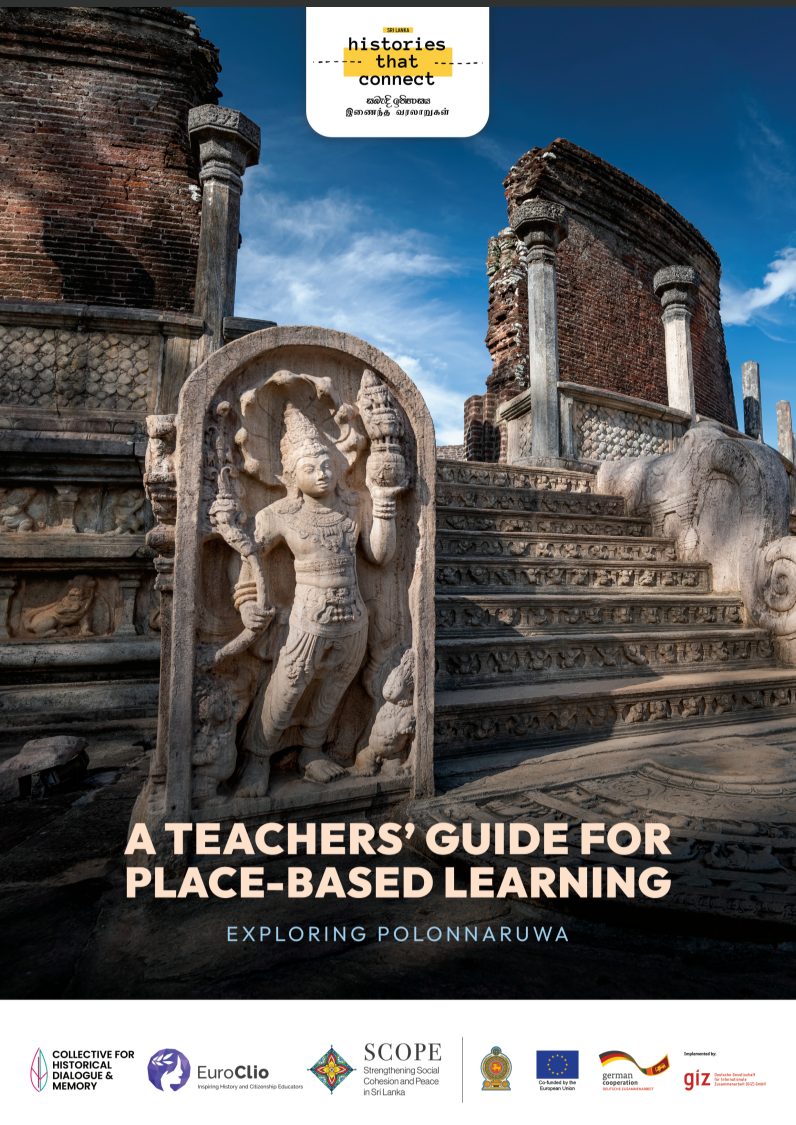This practice presents the application of augmentative communication (a language used by people with intellectual impairments in the production or comprehension of spoken or written language) to the interpretation and description of works of art. By using such communication method, facilitated by the software “Invento”, the Machado de Castro Portuguese Museum has been able to allow members of the public with special needs to feel «as part of a whole, of a cultural identity».
The program may be used not only by schools, but also by institutions or by small private groups that include individuals with special cognitive needs.
The Practice
Augmentative communication is an overarching technique that can serve several projects, because it gives the possibility of combining keywords with pictures, in order to easily convey information. The user is, in this way, provided with a reference concept portrayed by an image, and then additional text with supporting information. In the case of the Machado de Castro National Museum, augmentative communication is applied «in the approach and reinterpretation of works of art», with the intent to create guidebooks for the interpretation of works of art.
The provision of a visual vocabulary as a means to “read” and understand works of art is based on the simplification of texts and on the selection of symbols which clearly depict the concepts underlying the works of art.
In the image depicted above, augmentative communication was used to describe the painting “The Lady with the Rose”: a caption saying “We are watching a lady with a baby on her lap – The lady is sitting on a chair and she has a rose in her hand”, with symbols depicting the lady, the baby, the chair, the rose and the hands.
It is recommended to prepare such a visual vocabulary when a school with students with special needs wishes to visit art or history museums. In the case of the Machado de Castro National Museum, whenever a school contacts the museum to organise a visit, they receive a PDF document with explanation of the works of art subject to the visit, and then teachers and museum employees work together to prepare a visual vocabulary which can be useful for the visit. This allows the teachers to be able to carry out the visit in the museum without the need for external support. The knowledge transmitted and acquired during the visited is further consolidated at school by means of a dialogue with students having the guidebook with augmentative communication as a support.
Obstacles and lesson learned
The biggest obstacle encountered in the creation of visual vocabularies refers to the simplification of texts. Sometimes, the first symbol chosen or simplification produced is not enough, either because it does not touch upon the correct concepts, or because it might result distractive for students. When this happens, the only possible solution is to go deeper in the interpretation and simplification, until a good symbol for concepts is found.
For example: during a workshop, a school group chose to create a visual vocabulary for the description of a sculpture – Agrippina. The description of the sculpture underlined the fact that Agrippina had a long neck, and the chosen symbol was a giraffe. Students with special needs, however, were no longer able to look at the statue and see a woman. They interpreted it to be the depiction of a giraffe. The work needed, of course, to be adjusted, and a new symbol was found. The drawing of two squares (one big and one smaller) were put side by side, so that visitors could depict the notion of big. Then it was explained that the painter drew the lady very big because she was very important:
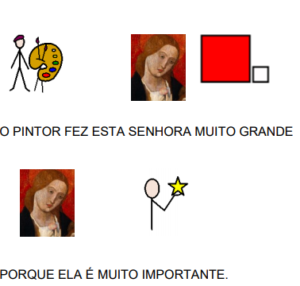
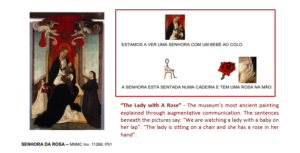
Another challenge is that of remaining true to the purpose and nature of the museum and of the work of art the practice is applied to. Usually, museums and works of art are curated and described by specialists, and the application of augmentative communication to the work of specialists might result in oversimplification.
Finally, the implementation of the project requires also time to prepare the material, and the interdisciplinary work of teachers with specialists in students with special education needs and with museum curators might prove as a real asset.
The effect of the practice
As an inclusion strategy, this augmentative communication project is completely new in Portugal. The Machado de Castro is the “only museum in Portugal that has this kind of work.” It is also innovative due to the fact that there is a collaborative work with special needs experts. “The message we want to put forward is not so much about the stylistic value of the work of art, it is more about history, about what that particular piece can tell us, the stories behind the piece itself. All simplified writing goes in this direction, of telling a story. Especially because it is easier to apprehend, then because there is an increasingly stronger move towards the meaningful and transformative experience, caused by the emotion that the (re) interpretation of the work of art arouses in the visitor, according to his own condition. Also because this path is the one that is being followed by museums and also by schools themselves. There is this option for “experiences that touch us, that tell us something”. It is important that there is empathy, that there is that little story or a small curiosity, a relation with people’s daily life, something they will not forget. We know that, especially in younger audiences, we return to the spaces where we were happy and with which we have a link.»
This project started in PAPFMDC and, from a certain point, the museum started to have a great amount of requests, not being able to respond to all of them. So, the museum staff thought it was important to organize “a workshop aimed at therapists, museologists from other museums, people from institutions that work with this kind of public, where they would learn to prepare these materials for this kind of visit, so they could prepare a self-guided visit”, one in which visitors would not depend on the museum technicians. “This training was made to give these instruments and it had great adhesion”, in such a way that a second edition will be made and is already full.
About the interviewee
Virgínia Gomes is the Museum Conservator at Machado de Castro Portuguese Museum. She has a History degree by Lisbon University and a Master’s degree in Augmentative Communication. She coordinates the Inclusion projects that are being developed by the museum. Contact: virginiagomes@mnmc.d
Background to the project
Augmentative Communication was first introduced in Portugal by Dr. Célia Sousa, a teacher at the Polytechnic Institute of Leiria who started to provide interpretation through pictures for children with special education needs.
The Augmentative Communication Project started from a cooperation between Machado de Castro Portuguese Museum and a specialized school – the PAPFMDC (Portuguese Association of Parents and Friends of the Mentally Disabled Citizen). The project is developed by means of a collaborative work between the two institutions.
This project had prior and subsequent academic research «and it was also disseminated scientifically, although it is not yet in the Good Practice Notebook. Working with audiences, the need to do things and look for tools, led the interviewee, Virginia Gomes, to go on to do a master’s degree on augmentative communication, to improve her own skills. The Master Degree only comes after the need to do it. It was the need that led to academic study».
At the Machado de Castro Portuguese Museum, augmentative communication captions for fifteen works of art will soon be available. The museum is also always open to be contacted from schools who wish to touch upon particular themes, and to prepare ad hoc captions and materials fitting best school curricula.
Additional Information
Support material
The museum has been building guidebooks for exploring the works of art. This work is presented in the shape of ‘a book with several A4 sheets occupied on one side only, having the picture of the work of art and the symbols of the “Invento” program. It is a computer program in which you put a simplified text (you have to pass a simple message, write a simple text) and the program provides pictures. The picture of the work of art is part of the program.
The program gives us 6800 symbols that we can adapt to the concepts.
This software is from WIDGIT. It is used by the European Standards for Information for All, the European Standards for Easy Writing. It is used for all cases of intellectual incapacity, for multiple disabilities, for low literacies, etc. It is applied in 22 countries. ”
More info
ANACED (NAACDP – WIX – National Association of Art and Creativity by and for Disabled People) is a national association with international dissemination. It works with people with disabilities, helping them to become known in Europe and to enter into the job market. The Good Practice Notebook of this institution includes the museum’s practices developed between 2012 and 2015. In 2016 it was included in Coimbra’s Directory.
http://anacedarte.wixsite.com/anaced
http://www.museumachadocastro.gov.pt/
Additional Resources
Link that allows us to access the projects developed by the museum under the topic “Inclusion”. http://www.museumachadocastro.gov.pt/pt-PT/projetos%20inclusao/ContentDetail.aspx?id=1042
Link to “Accessible Guidebooks”. Guidebooks in augmentative communication about works of art and spaces inside the museum. 4 guidebooks with pictographic symbols (for an autonomous visit to the museum, for people with intellectual impairments and low literacy):
http://www.museumachadocastro.gov.pt/pt-PT/projetos%20inclusao/ContentDetail.aspx?id=1528
Link to the guidebook in augmentative communication available for interpreting the painting “The Lady with a Rose” and the sculpture “The Nativity Retable”:
Link to the ANACED’s “Artistic and Cultural Good Practice Notebook” – pages 103, 105 and 118 refer to projects developed by Machado de Castro National Museum:
https://issuu.com/anaced/docs/3___edi____o_do_manual_de_boas_pr__
Written by Elvira Santos (Montemor-o-Velho School Cluster) based on an interview with Virgínia Gomes, Curator of Machado de Castro National Museum, Coimbra, Portugal, on 14th December 2017. The interview was conducted by Elvira Santos and António Joaquim.

